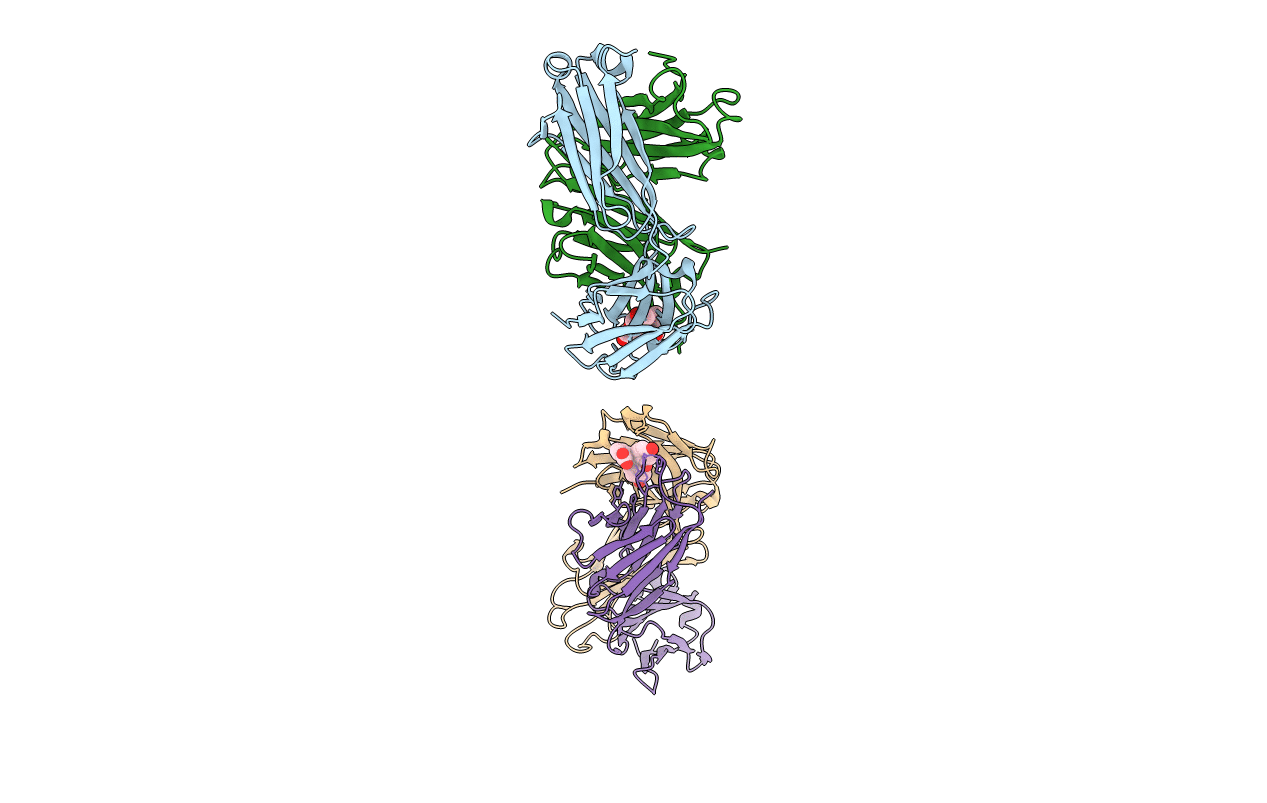
Deposition Date
2004-05-05
Release Date
2004-05-18
Last Version Date
2024-10-30
Entry Detail
PDB ID:
1T66
Keywords:
Title:
The structure of FAB with intermediate affinity for fluorescein.
Biological Source:
Source Organism:
Mus musculus (Taxon ID: 10090)
Method Details:
Experimental Method:
Resolution:
2.30 Å
R-Value Free:
0.25
R-Value Work:
0.20
R-Value Observed:
0.20
Space Group:
P 21 21 21


